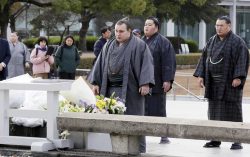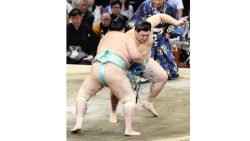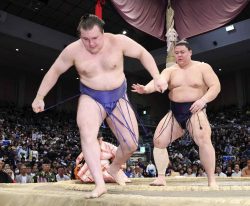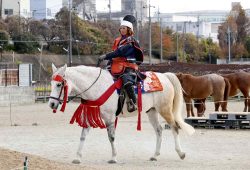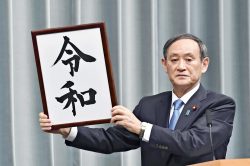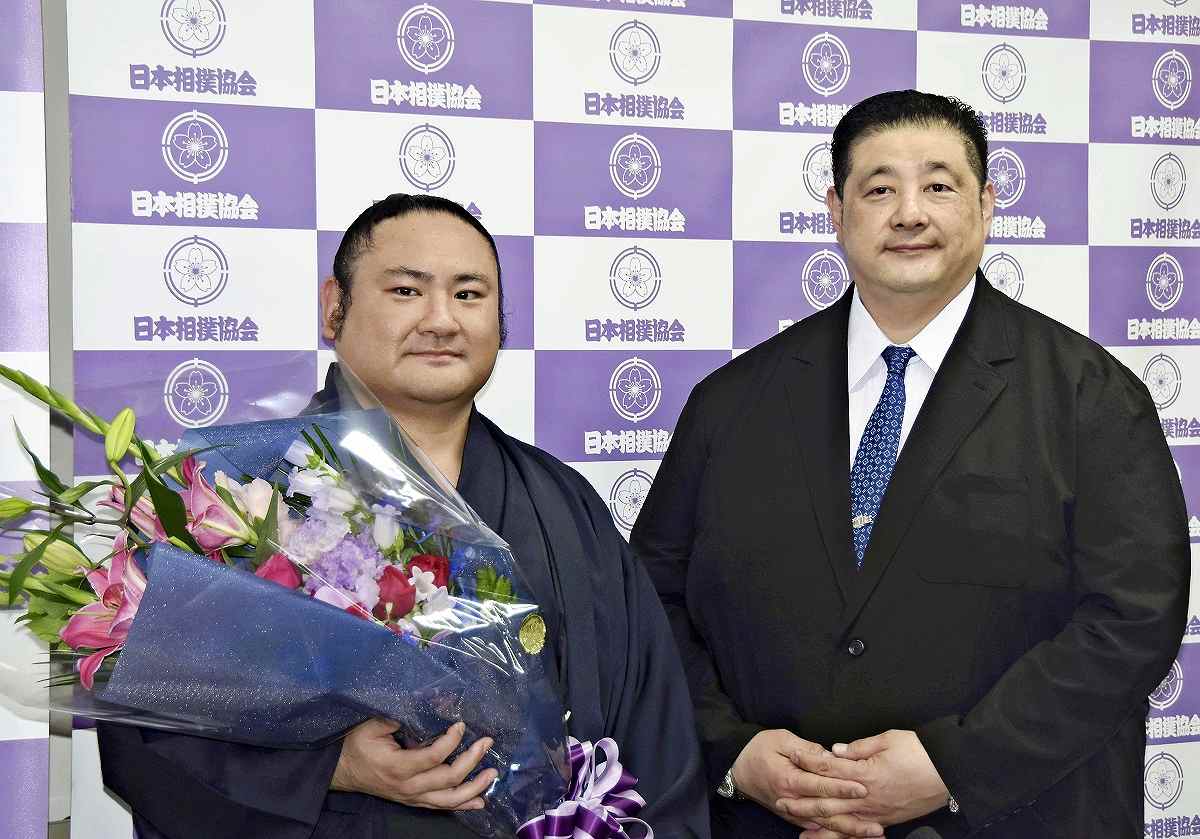
Kotoeko, left, now known as sumo elder Oguruma, poses with stablemaster Sadogatake at a press conference to announce Kotoeko’s retirement on May 19.
12:39 JST, June 12, 2024
Last month’s Summer Grand Sumo Tournament marked the end of the active career of 32-year-old Kotoeko, a wrestler who had spent some time in the uppermost makuuchi division but who finished in the third-tier makushita division.
Heading into a second career in retirement, he assumed the name of Oguruma as a sumo elder affiliated with the Sadogatake stable.
Such a link between a sumo elder and a stable is not rare. While the stablemaster serves as the “manager” who is in overall charge of the stable, the affiliated sumo elder fills a role similar to a “coach.” He carries out such important tasks as leading training sessions and acting as a bridge between young wrest- lers and the stablemaster.
Accompanied by stablemaster Sadogatake (former sekiwake Kotonowaka), the soon-to-be Oguruma announced his retirement at a press conference during the Summer tournament, at which he conveyed a desire to become a guide for the next generation.
“I want to pass on what I’ve learned to young wrestlers,” he said, “I have lived a life focused on sumo 24 hours a day, 365 days a year, and I want to offer advice.”
A stablemaster is incredibly busy, as he has to scout new wrestlers, manage the affairs of the stable, socialize with supporters and perform functions within the Japan Sumo Association. The role imposed upon the affiliated sumo elder is surprisingly big.
As opposed to a stablemaster, who lives under the same roof as the wrest- lers, many sumo elders reside elsewhere and commute to the stable for training.
While they cannot see everything that goes on, many stay after training to eat chankonabe stew with the wrestlers and become a sounding board for their troubles, even in their private lives, when the stablemaster is not around. Most are still close in age to the wrestlers, making the wrestlers feel more secure to open up to them.
Kotoeko took nearly eight years from his debut to finally gain promotion to the second-tier, salaried juryo division, so he is well familiar with the hardships of life in the lower ranks.
“Every young wrestler in our stable liked Kotoeko,” stablemaster Sadogatake said. “ I am sure he will guide them well.”
And there is no doubt he will be a good sumo elder who will be sympathetic to the pain of others.
— Kamimura is a sumo expert.
"Sports" POPULAR ARTICLE
-
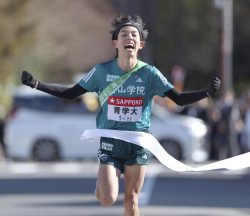
Hakone Ekiden 2026: Aoyama Gakuin Leads Tokyo-Hakone Ekiden After Record-Breaking End to 1st Day (Update 1)
-
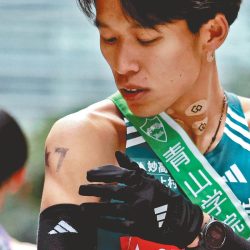
Hakone Ekiden 2026: Aoyama Gakuin Hakone Ekiden Runners Kept Departed Teammate in Their Thoughts During Race
-
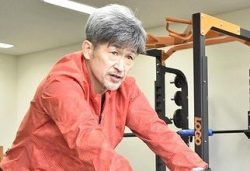
‘King Kazu’ Joins J3’s Fukushima United FC on Loan; 58-Year-Old Kazuyoshi Miura Returns to J.League for 1st time in 5 Years in 2026
-

At 58, the World’s Oldest Professional Soccer Player Says He Is Only Getting Better with Age
-
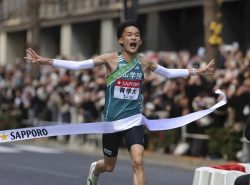
Hakone Ekiden 2026: Aoyama Gakuin Defends Tokyo-Hakone Ekiden Title
JN ACCESS RANKING
-

Japan Govt Adopts Measures to Curb Mega Solar Power Plant Projects Amid Environmental Concerns
-

Core Inflation in Tokyo Slows in December but Stays above BOJ Target
-

Major Japan Firms’ Average Winter Bonus Tops ¥1 Mil.
-

Bank of Japan Considered U.S. Tariffs, Coming Shunto Wage Hike Talks in Its Decision to Raise Interest Rates
-

Tokyo Zoo Wolf Believed to Have Used Vegetation Growing on Wall to Climb, Escape; Animal Living Happily after Recapture


